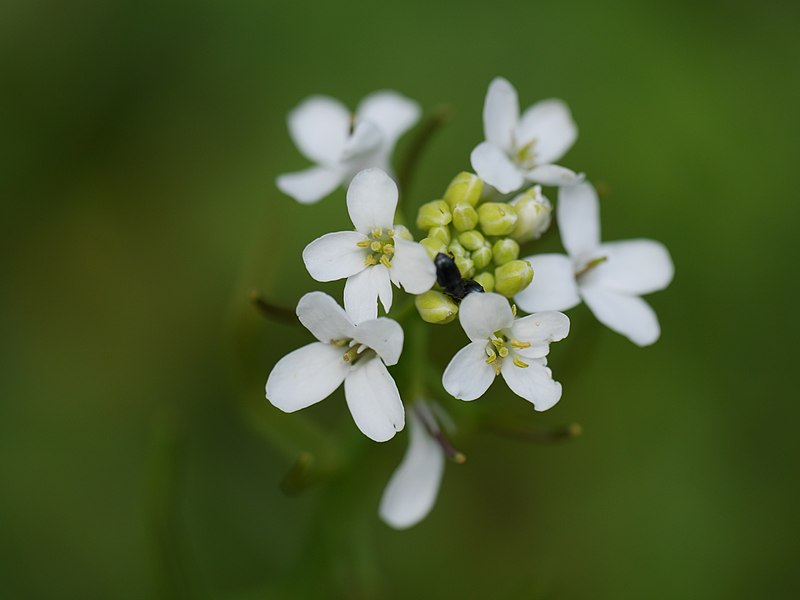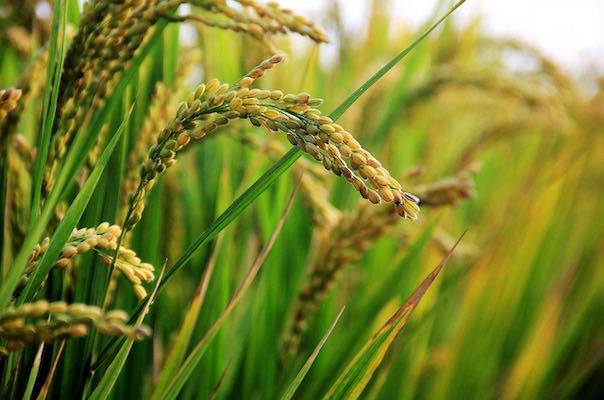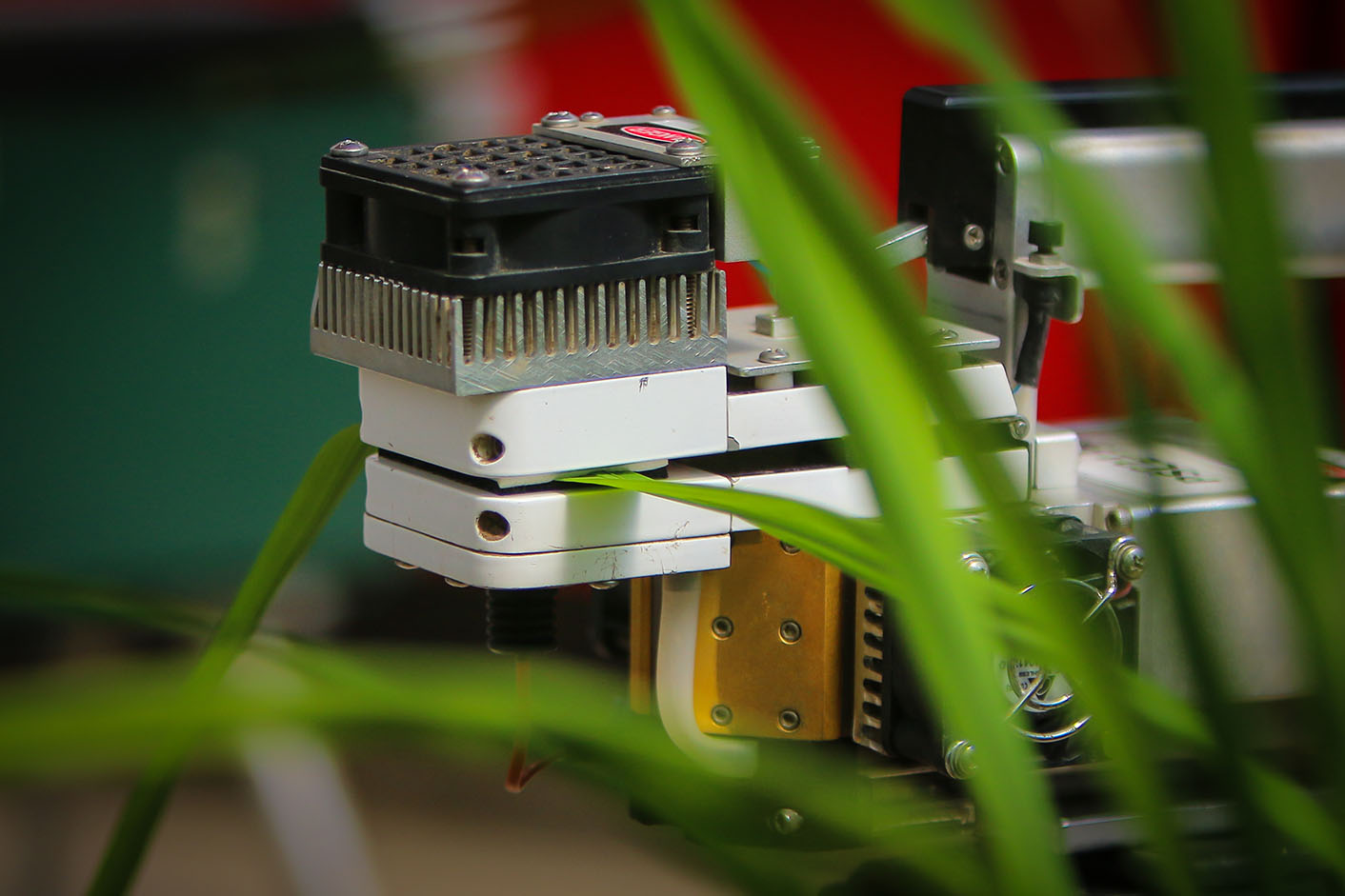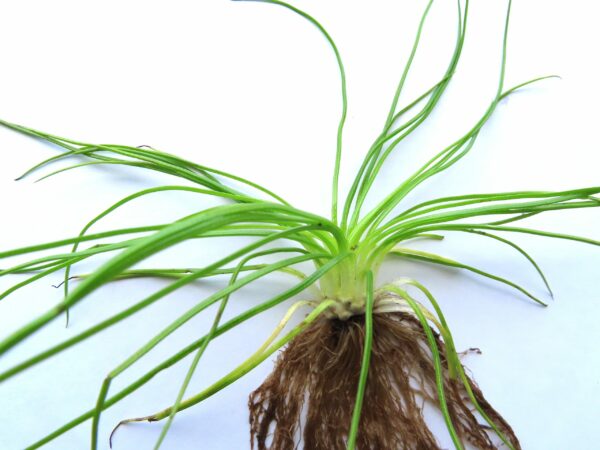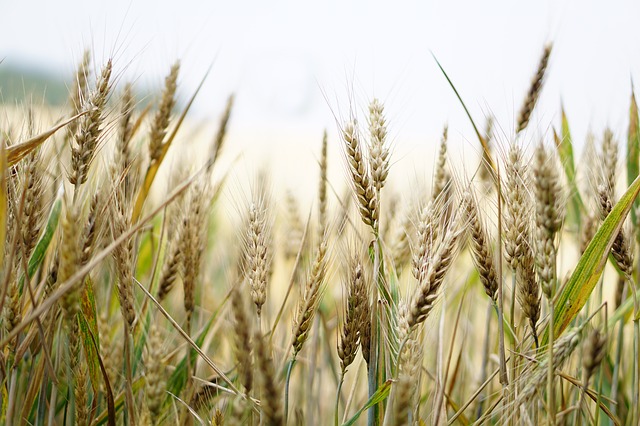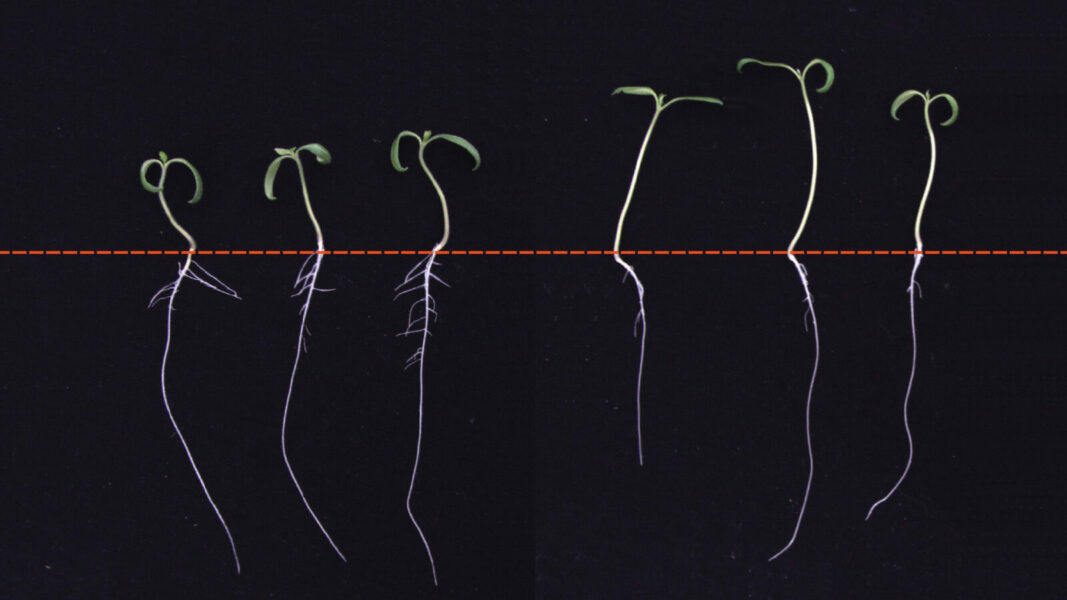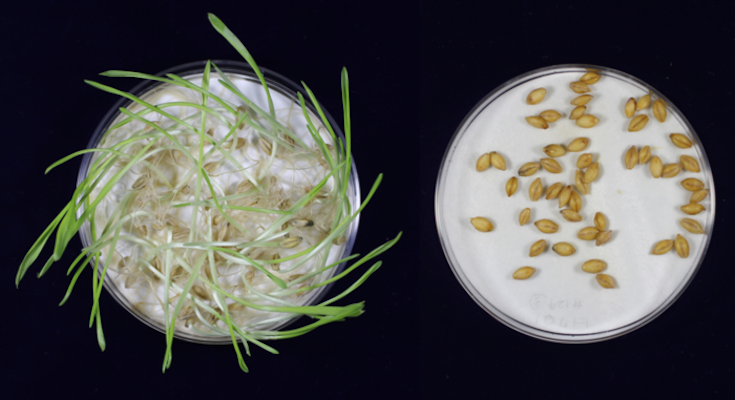
After a spell of unexpected rain, before the harvest season, a farmer may be faced with the unpredictable problem of untimely sprouting of barley. Sprouted barley fetches considerably low market prices and poses an economic burden on farmers and corporations…
Read More


